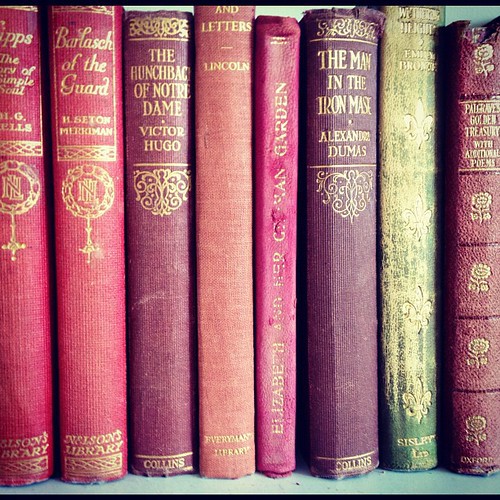How We Can Edit Teen Characters
Ever read a YA novel and wondered how a teenage character was created? Developmental editors assist authors with developing characters with an empathetic approach. They can be a great resource when creating young adult fiction.



